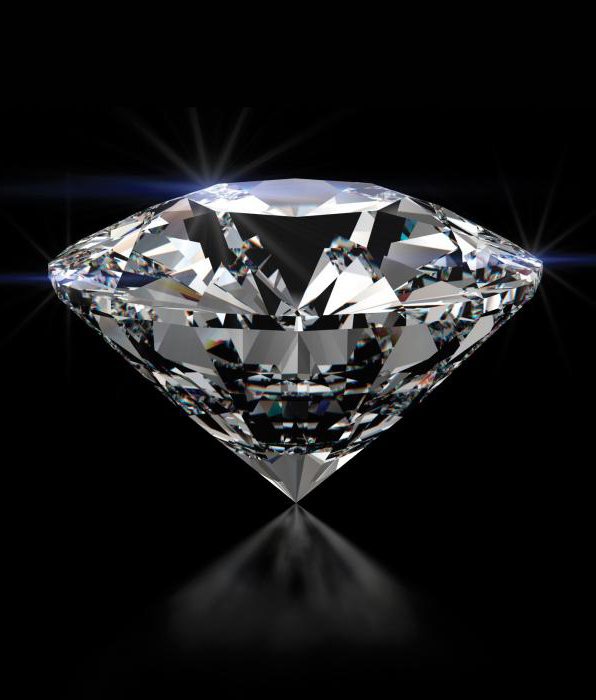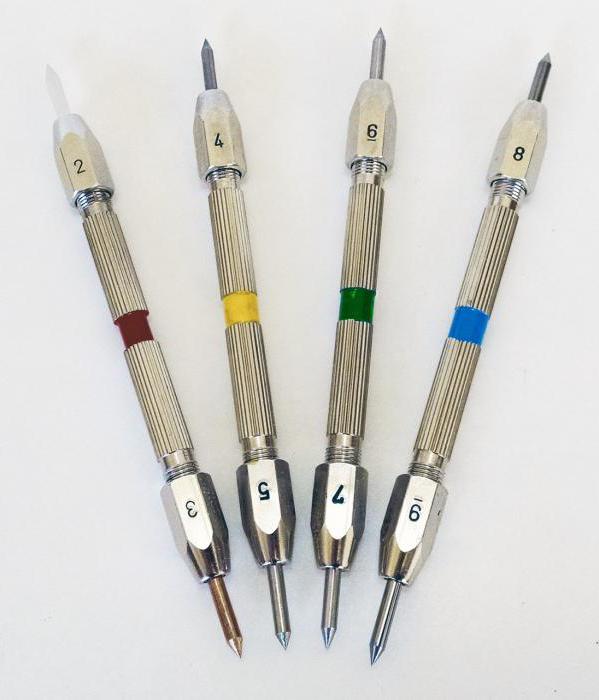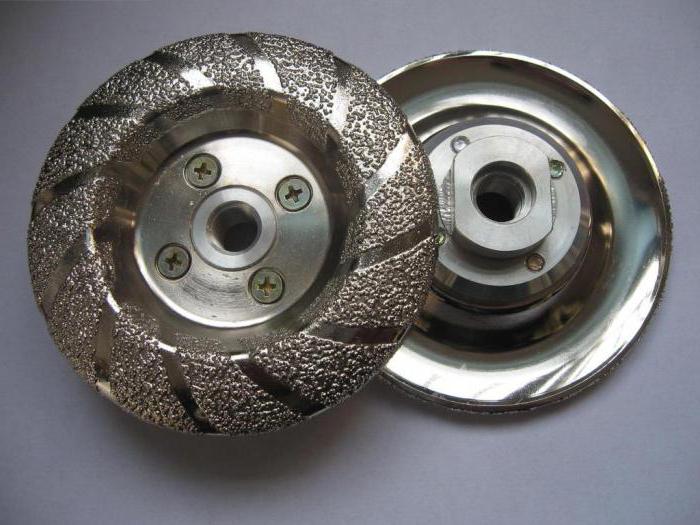It originates in the bowels of red star giants, is part of vital fats, amino acids and carbohydrates, can form millions of compounds with different chemical elements and, depending on the structure, has completely different mechanical properties. The soft and brittle core of the pencil and the hardest mineral diamond consist of the same building material - carbon. What makes a diamond so unique? Where is it used? What is its value?
Indestructible heat conductor
Translated from the ancient Greek language, the word "diamond" means "indestructible." Even before the times of antiquity, people knew the incredible strength of this stone. In ancient times, diamonds were widely traded in India and Egypt. And this mineral fell into the European expanses after the predatory campaigns of Alexander the Great. He brought stones as magical artifacts. The ancient Greeks called this hardest mineral the tears of the gods that hit the earth.

But the secret of the stone's invincibility lies, of course, not in mysticism and not in connection with the spiritual world. A clear lattice structure of the tetrahedron element and a strong bond between carbon atoms provide the highest strength. Thanks to the same structure, diamond is an excellent heat conductor. For example, if it were possible to make a teaspoon from a whole piece of diamond, you would not be able to stir sugar in hot tea with it, because you would have been burned at the same moment as soon as the spoon touched the boiling water.
Comparison of the hardness of minerals
How to determine which mineral is the hardest? This question in the nineteenth century came to grips with the talented German mineralogist Karl Friedrich Moos. In 1811, the scientist proposed using a comparative scale to determine the hardness of various minerals. It consists of ten points, each of which corresponds to a certain mineral. The first (talc) is the softest, and the last, respectively - the hardest. Verification is carried out experimentally. If a sample (for example, silver) is scratched by fluorite, which is on the fourth line on the scale, but not damaged by gypsum (scale standard number two), then silver has a hardness of 3 on the Mohs scale.

The hardest mineral is diamond. He takes the tenth line. And although the Mohs table was introduced back in the early nineteenth century, it still remains widely applicable. However, it is worth remembering that this table is not linear. This means that the diamond located at the tenth number will not be exactly twice as hard as apatite, which takes fifth place in the table. Other methods are used to determine the absolute value of hardness.
From kings to workers
For a long time, diamonds were the exclusive domain of jewelers. However, with the development of industry, this hardest mineral has increasingly become considered not only from the usual aesthetic side, but also from the point of view of its unique physical properties. Initially, natural diamonds that were not subject to cutting were used in the manufacture of tools. These are stones that had such defects that could not be eliminated by the jeweler. They began to call them technical diamonds.

As time passed, the need for tools with diamond cutting and drilling edges increased. For example, in the construction industry, diamond drills are in great demand . Their advantage over counterparts made of hard metal alloys is that when working with a diamond drill, microcracks do not form in the material. Diamond easily and cleanly cuts off any material, whether it is stone, concrete or metal. And the absence of microcracks is the key to the durability of the structure. In addition, the process itself is much faster, noticeably lighter and much quieter.
Based on this, it is not surprising that, according to data for 2016, only in Russia alone 1,200 types of various tools and equipment are produced, the main working part of which is diamond.
Medical use
The hardest mineral in nature is not only suitable for use in the processing of coarse and hard rocks. Diamond is also indispensable in medical instruments. After all, the thinner and more accurate the incision of tissues, the better the body copes with recovery. And for complex operations on vital organs, the width of the incision also plays a decisive role.
In addition, a scalpel with a thin diamond film on the blade remains sharp for a long period of time.
Prospects in Electronics
The development of diamond integrated circuits is also actively advancing. In them tiny diamonds are used for the substrate. Technique produced by this method is more resistant to temperature drops and large voltage surges. More diamonds can be used for data transmission in telecommunications. The features of these crystals allow you to transmit signals of different frequencies simultaneously on the same cable.
The hardest mineral on Earth helps in space exploration
Diamond is also in demand in the chemical industry. Aggressive environment, which easily damages glass, is absolutely not terrible for diamond. Physicists use crystals to conduct experiments in quantum physics and space exploration.
When creating telescope optics, the requirements for the accuracy and reliability of materials become critical. Here the hardest natural mineral comes into play, which is distinguished by outstanding physical and chemical parameters.
Synthesizing Diamonds
With such intense demand for the hardest precious mineral, the question arose about its artificial synthesis. Note that no stocks of stones are not able to satisfy an ever-increasing need. And after lengthy experiments, scientists were able to create an analogue of natural diamond, which has all the necessary features. To date, the production of artificial diamonds for industrial needs has already become routine.
There are several methods for synthesizing this mineral. The first is the closest to its formation in the natural environment. The synthesis is carried out using ultra-high temperature and tremendous pressure. The second technique allows the extraction of diamond from steam. It is used in film technology - crystals are applied with the thinnest film to the cutting edges of tools. Especially this method is in demand in the manufacture of surgical instruments. And the third produces a placer of small crystals with the help of detonation and rapid cooling.
The experiments continued, and boron nitride was synthesized, which is 20% harder than natural diamond. However, so far this substance is so small that diamond is traditionally still considered the hardest mineral.